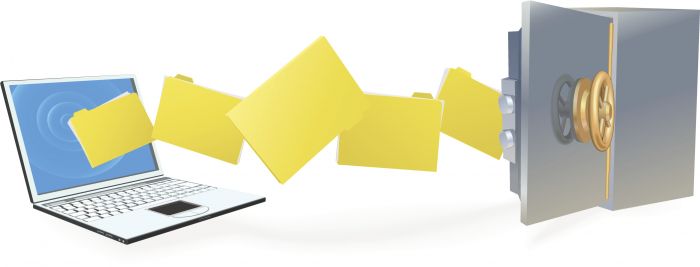Some things are inevitable. There is death. There are taxes, and the truth is, your hard drive will absolutely fail. For these things, we must plan and prepare. To this end, we insure our cars, our furniture and our lives. Why, then, do so few of us actually prepare for the day that our computers will greet us with the blue screen of doom?
Of course, it may be that on the morning of the blue screen you will have acquired the title of techno-geek and be able to retrieve or restore your data and fix the broken beast without assistance. Statistically, though, that is unlikely. More likely is the probability that you will go buy expensive software, or drop your computer to see if you can jar your data loose. Alas, you will most likely fail to restore your precious data. Here are three ways to be sure your data will survive a cataclysmic computer crash:
Back Up to Different Computer
If you are on a network at home or at work, back up your files daily to another computer on your network. Consult your network administrator for instructions or visit the Mac or Microsoft website to learn the best way to accomplish this. Make backup a daily, weekly or monthly part of your ritual. At least, you will have a complete copy of everything you had in your machine as of the last back up.
Use a Thumb Drive
There are various and sundry names in use for the small computer storage device used to back up critical files. You may know it as a jump drive, a flash drive, a data stick, or a keychain drive. Whatever you call it, it can save the day in the event of a catastrophic crash. This is, of course, if you have made it your habit to save your data regularly. These drives are inexpensive, about the size of your thumb – hence the name, they are easy to store, and often big enough to hold everything your computer has within.
Use a Service
From free to spendy, online backup services are extraordinarily useful and can be set to run with other utilities, when you are not around.
Companies offer cloud back-up solution for $15 a month for the first 10GB of data and .25 cents for each additional GB.
There is literally no excuse for losing precious data in a computer crash. There are countless back-up options available to prepare for the inescapable event of computer crash. However, back-up systems are just like seatbelts. They only work if you actually use them.
